Atsu saw looming faces and felt cobwebby fingers brushing against her skin. She felt the wind of spirits rushing by and heard a roar like the crashing of waves on the beach. It was the cries and moans of all the babies who’d died here, not just babies but women, the maids who’d thrown themselves into wells. Was it not all too likely that the dead consorts were eying her – the new wife, the interloper – with malevolence?
The Shogun’s Queen
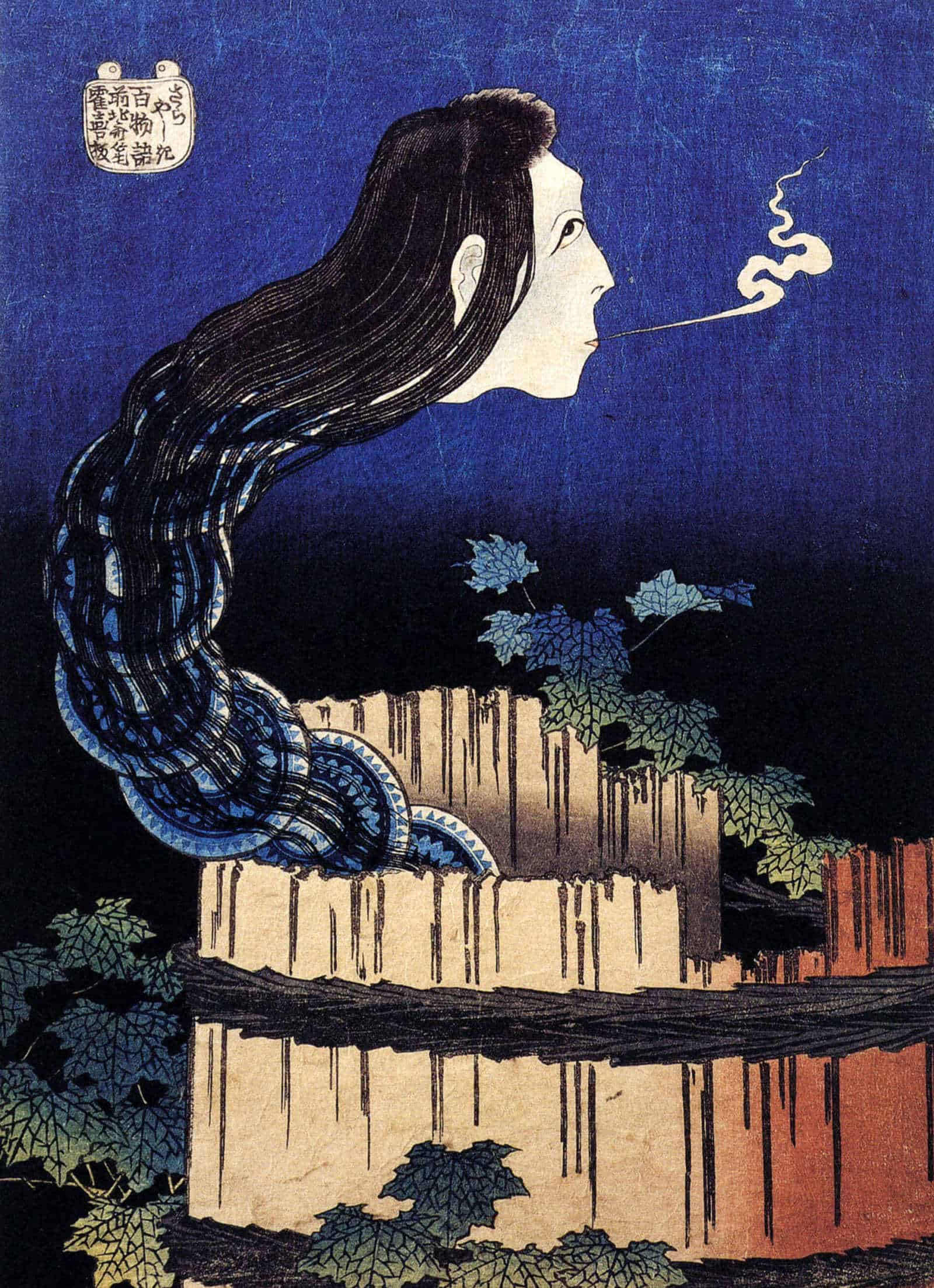
Katsushika Hokusai [Public domain], via Wikimedia Commons
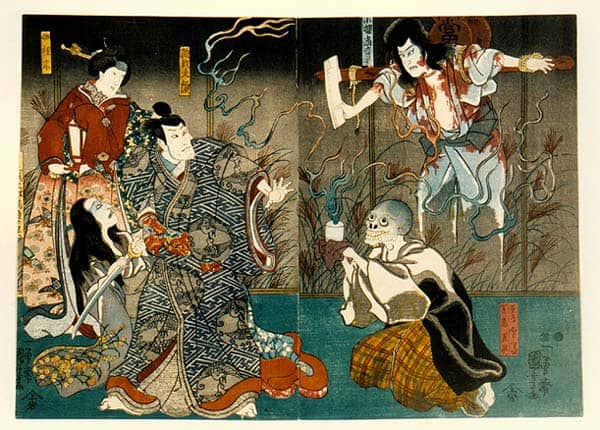
Public Domain
To this day people in Japan know that the dead still make ripples in the lives of the living, particularly if they died too young. My book The Shogun’s Queen is set in the Women’s Palace, a seething claustrophobic place of unimaginable luxury, beauty, wealth and leisure alongside horror, jealousy and murder, where three thousand women lived cheek by jowl and only one man could ever enter – the shogun. Many people died unhappy deaths there. Babies were smothered at birth, maids were pushed down wells, rivals for the shogun’s favour were stabbed or poisoned and their illicit lovers were crucified. The spirits of those who died so unhappily couldn’t just float off peacefully to the other world. They hung around the palace, tormenting the living, or so people believed.
Once at the kabuki theatre I saw the great actor Tamasaburo Bando playing a yurei, the ghost of a woman who has been killed by her husband. Her skin was white, her eyes sunken and ghastly, her hair instead of being long and glossy hung loose and tangled in great knots. She was wearing a long white gown and floating high up the wall. Wailing, she started tearing out her hair in clumps that piled up in a heap on the floor below her. It was one of the most frightening things I’ve ever seen. If you ever meet a beautiful woman wearing a long white gown and floating half way up a wall it means she has no legs. If she starts tearing out her hair and wailing, best run for your life!
Then there’s Kohada Koheiji, a kabuki actor who specialised in yurei roles and whose wife had an affair with one of his rivals. The rival took him out for a boat ride, pushed him into the water and drowned him. But Kohada rose from his watery grave and haunted his wife and her lover for the rest of their lives, leaning over the top of their mosquito net and grinning horribly whenever they were about to make love.
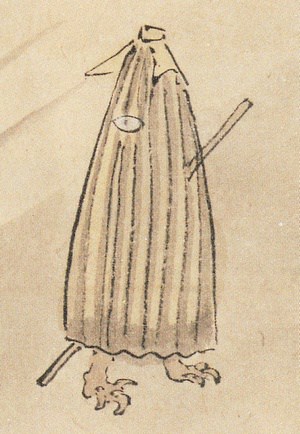
By Kanō Enshin ([狩野宴信, Japanese, †1761) (scanned from ISBN 4-09-607023-8.) [Public domain], via Wikimedia Commons
Then there are kappa who kill children, pull horses into water and have the nasty habit of putting a hairy hand up from the toilet (in a squat toilet) and trying to extract your internal organs though your anus. They live in rivers and ponds and are scaly creatures with a tortoise shell on their backs and crucially a saucer shaped indentation on their heads which holds water. The key thing you have to know is that this is the source of their power. When you meet one you should bow low. Kappa are very polite and will bow back and the water will spill out, making it powerless.
Ghosts and monsters exist on the margins. You’re most likely to encounter one at twilight, when day merges into night, at a place where realms cross, like the edge of a town where it turns into country, on a bridge, in a tunnel or at a crossroads, where you have to choose one path or another.
You could be out walking at twilight, at the edge of town, and meet a beautiful woman. You fall instantly in love, get married, have children, and then several years later suddenly spot a fox’s tail sticking out from your wife’s skirts, after which she disappears. There are many scary tales of men out walking in some remote place who meet a beautiful woman. She takes the man to her house where they spend a romantic night together. Next morning he wakes up feeling rather the worse for wear and finds himself alone outside on the cold moor. He goes to look for her but all he can find is a moss-covered gravestone, marked with the name of a woman who died 500 years ago.
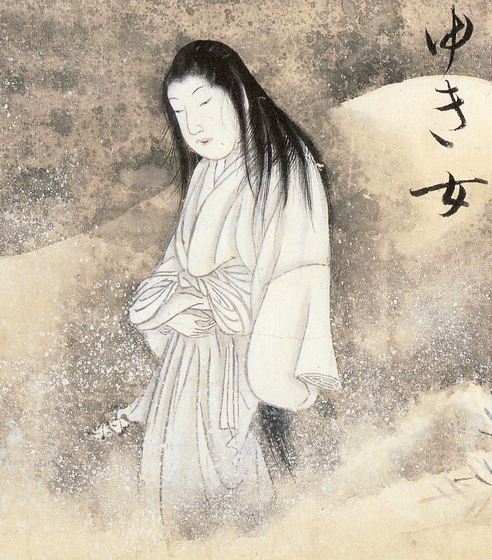
By Sawaki Suushi, 1737 (佐脇嵩之) (scanned from ISBN 4-3360-4187-3.) [Public domain], via Wikimedia Commons
Cats are another animal that can easily cross the gap. If your cat starts getting larger and growing a forked tail, it could be turning it into a cat ghost, a very nasty creature indeed. (You will find the story of one very famous cat ghost in The Shogun’s Queen.)
Then there’s the Snow Woman who hugs you and you freeze to death.
And there’s the woman you find weeping on the street. When you ask if she’s okay she lifts her sleeve to reveal a face as smooth as an egg, with no eyes, no nose and no mouth. Terrified you rush into the nearest shop. As you’re telling the shopkeeper what happened he turns around and says, ‘Like this?’ – for he too has no face.
A young woman wearing a white mask, such as Japanese wear to avoid passing on a cold, approaches you from behind and taps your shoulder. She asks, ‘Am I pretty?’ You answer politely, ‘Yes.’ She says, ‘Even like this?’ and pulls off her mask to reveal that her mouth is a hideous slit stretching from ear to ear.
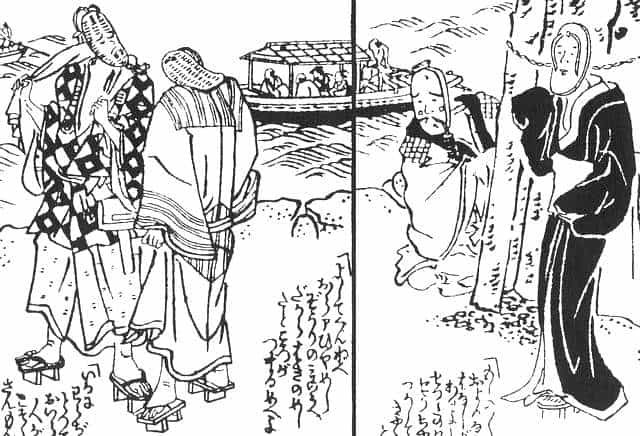
By 十返舎一九 (Jippensha Ikku, Japanese, *1765, †1831) (scanned from 978-4-06-212873-5.) [Public domain], via Wikimedia Commons
But do they really exist? As Michael Dylan Foster writes in a wonderful book called The Book of Yokai, yokai being the catchall term for all these Japanese monsters, yokai are like fish. They live in a different element. If you look down through the water there’ll be some you recognise and there’ll be others you can’t even see and don’t have a name for.
But just because you can’t see them doesn’t mean they’re not down there.
My latest novel, The Shogun’s Queen, an epic tale set in nineteenth century Japan, is out now in paperback.
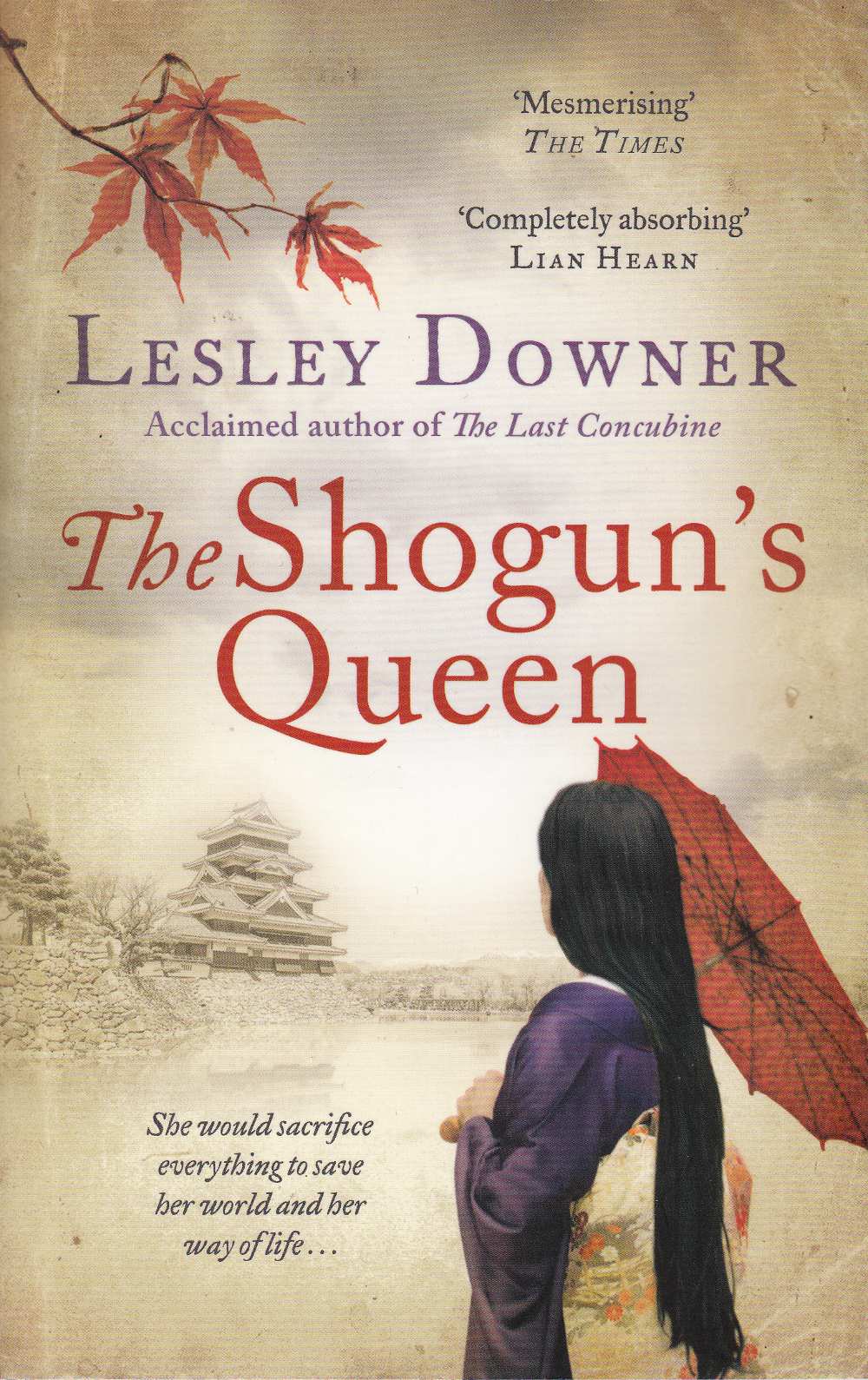
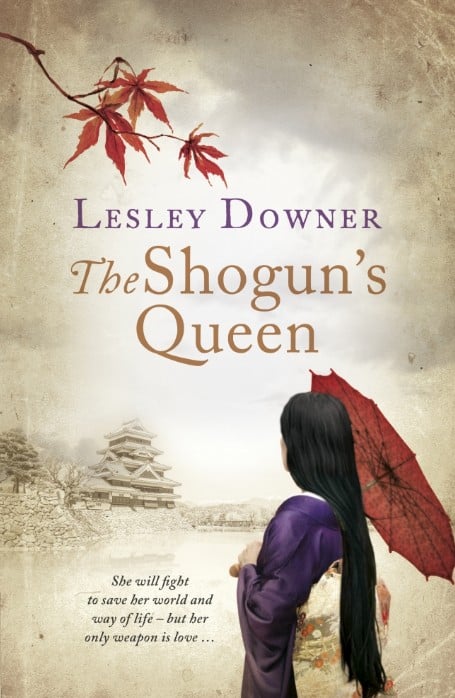 Atsu saw looming faces and felt cobwebby fingers brushing against her skin. She felt the wind of spirits rushing by and heard a roar like the crashing of waves on the beach. It was the cries and moans of all the babies who’d died here, not just babies but women, the maids who’d thrown themselves into wells. Was it not all too likely that the dead consorts were eying her – the new wife, the interloper – with malevolence?
Atsu saw looming faces and felt cobwebby fingers brushing against her skin. She felt the wind of spirits rushing by and heard a roar like the crashing of waves on the beach. It was the cries and moans of all the babies who’d died here, not just babies but women, the maids who’d thrown themselves into wells. Was it not all too likely that the dead consorts were eying her – the new wife, the interloper – with malevolence?